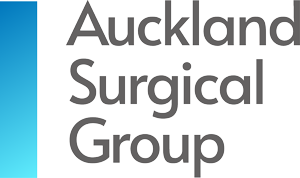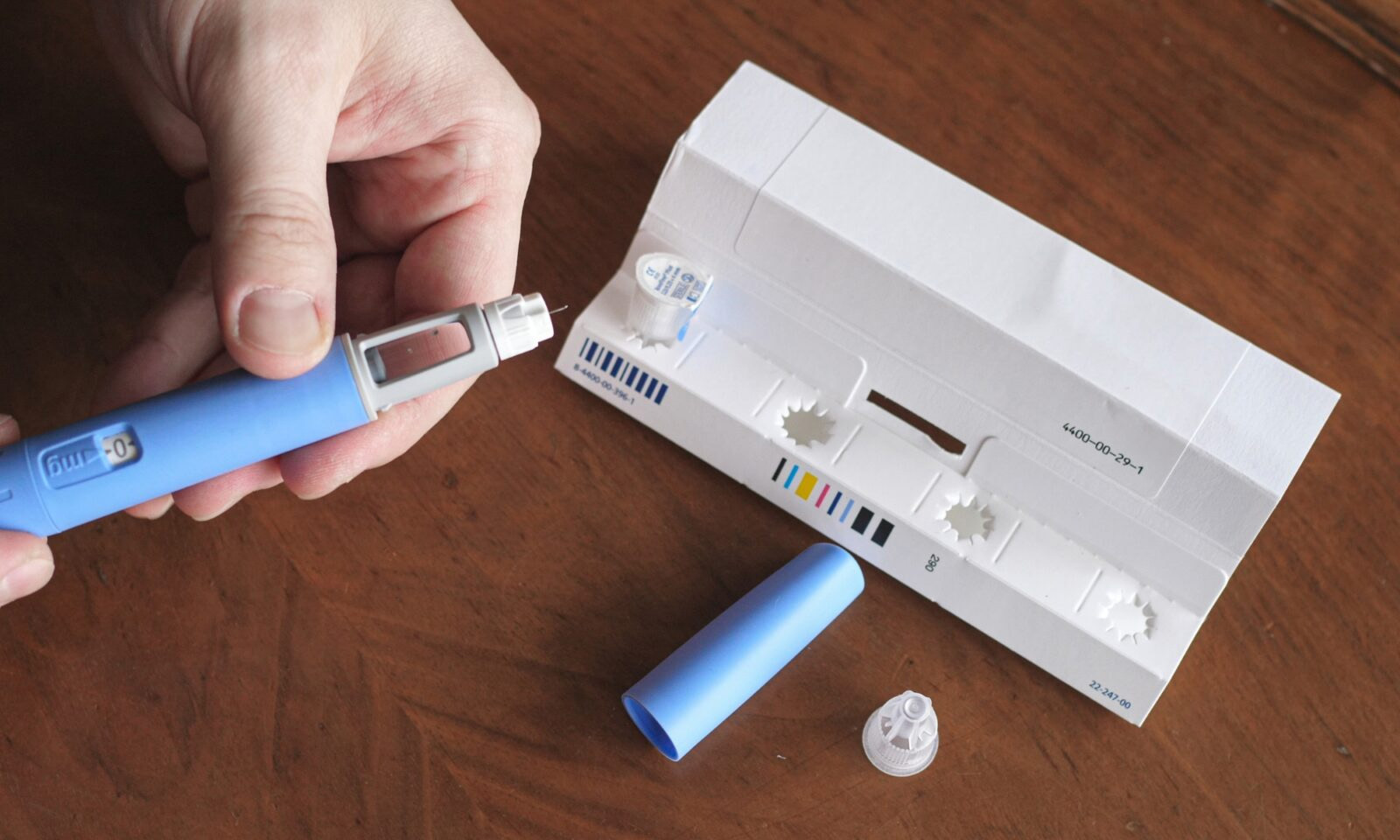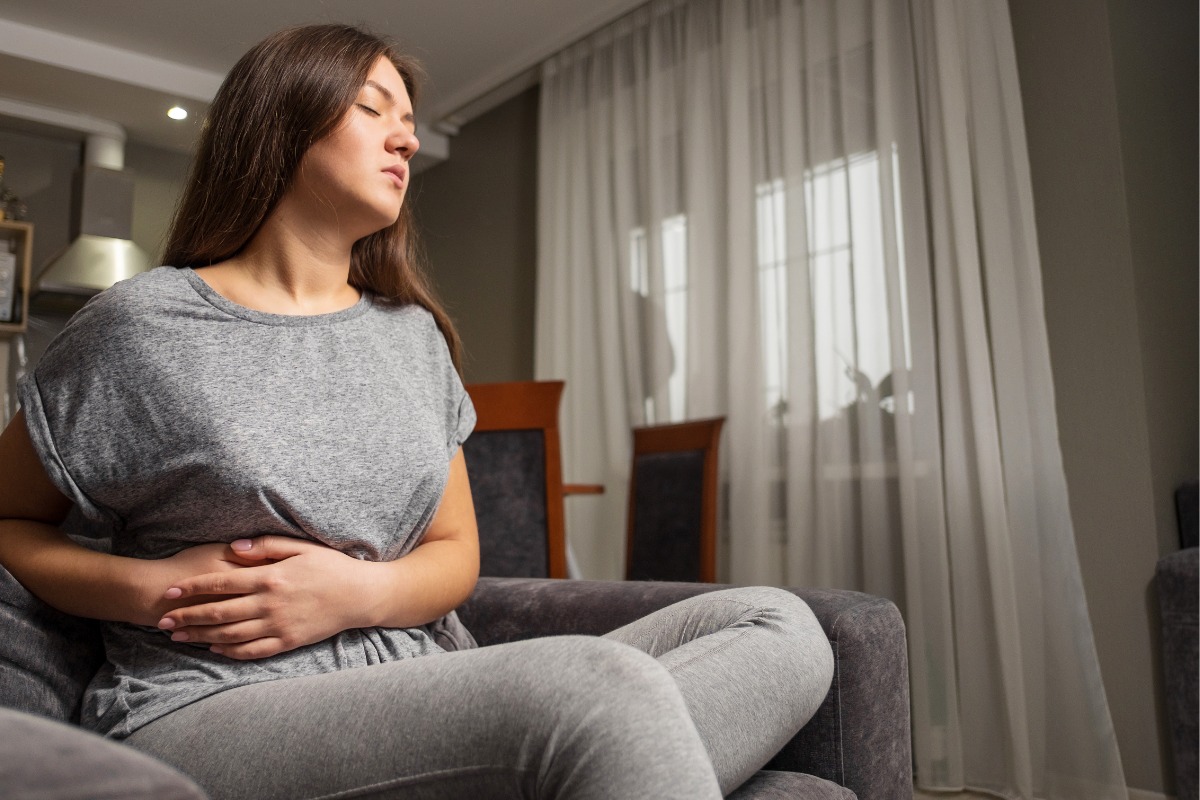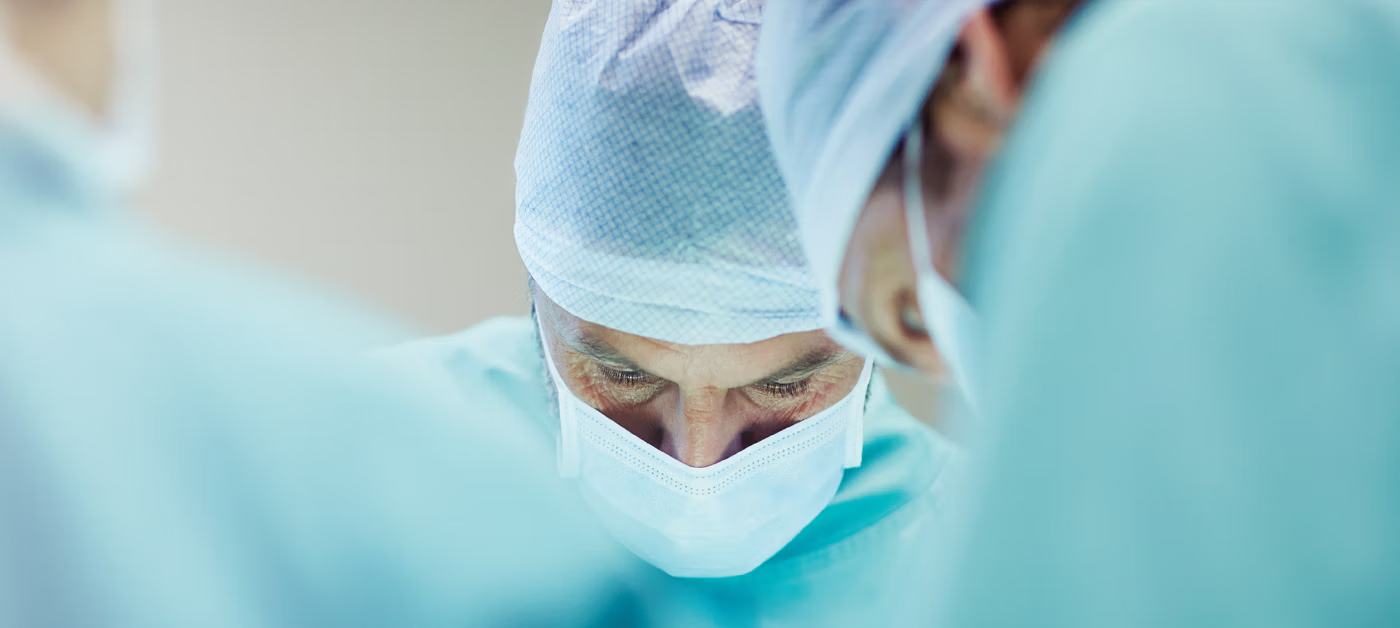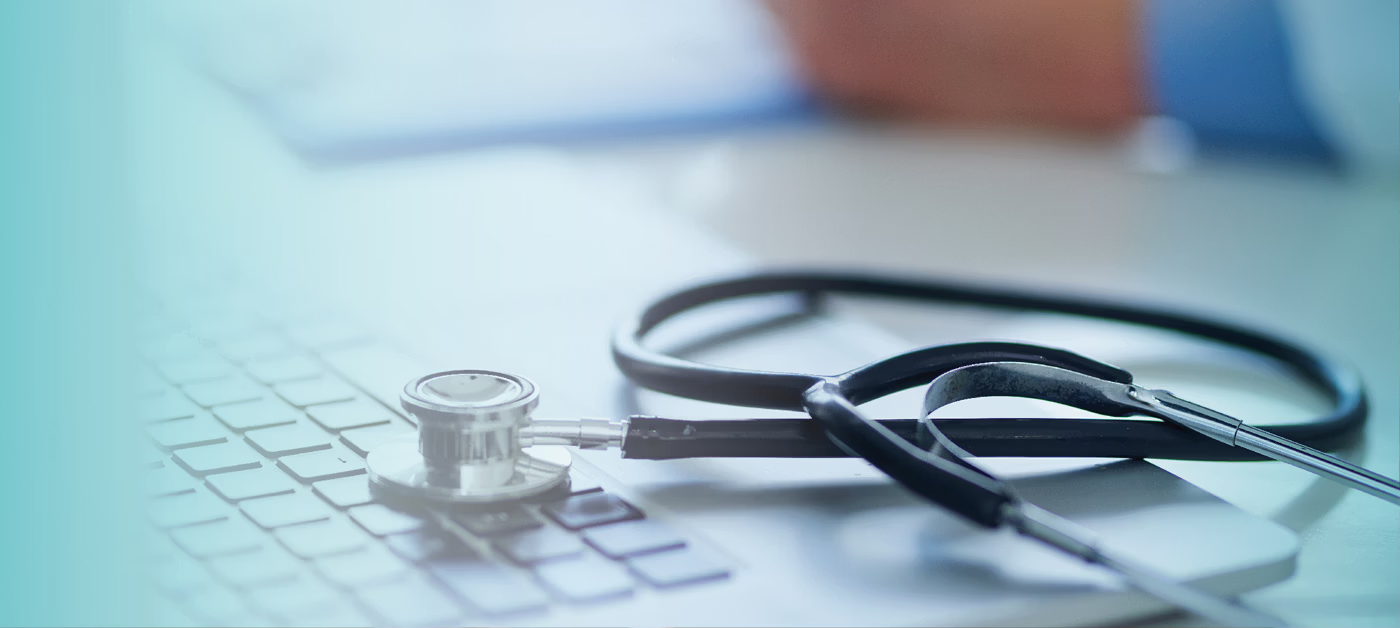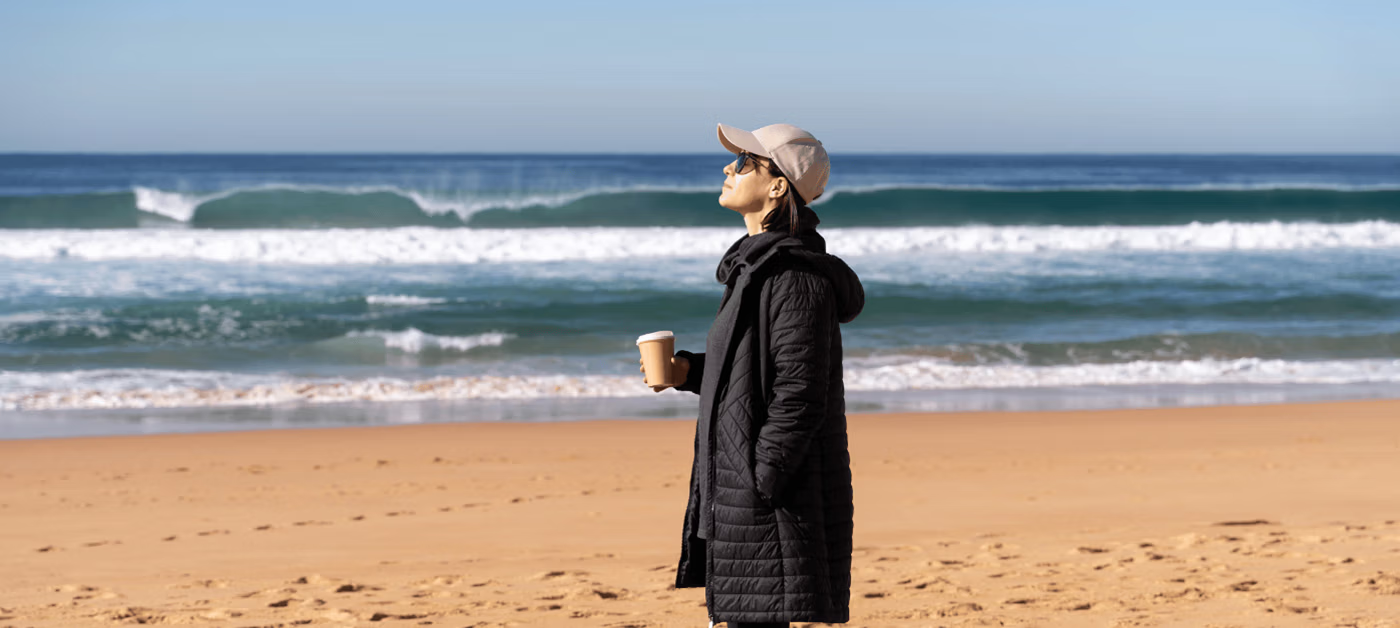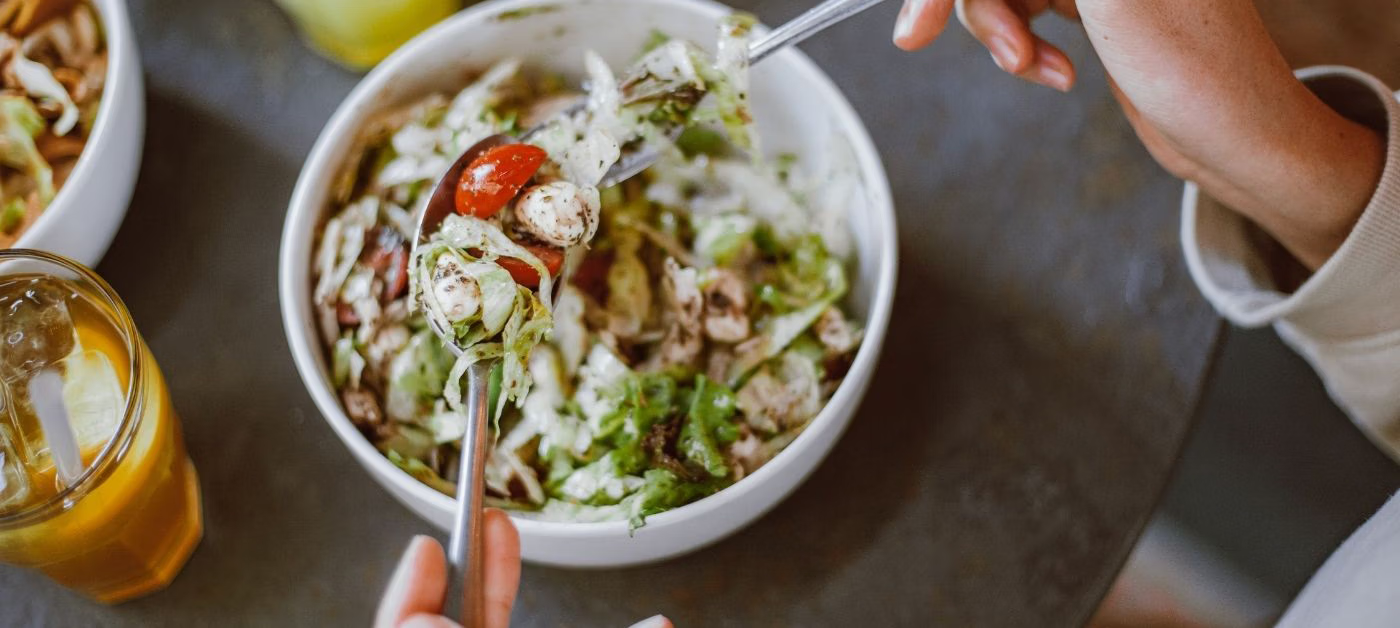What are gallstones?
Gallstones are hardened clusters of bile salts, which can develop in your gallbladder.1 The gallbladder sits just under your liver (under the ribs) on the right side of your abdomen. Your gallbladder stores bile that is useful to help digest fatty foods from your diet.
Gallstones are common and many don’t cause any symptoms. However, they can cause problems when they prevent and block the bile to empty from the gallbladder; or if they travel to the bile tubes (duct) and cause a blockage there.
Gallstones can be as small as a grain of sand or as large as a ping pong ball. Sometimes, the smaller ones can cause greater problems.
At Auckland Gallbladder Surgery, we typically recommend gallbladder removal for people who are experiencing symptoms caused by gallstones. If gallstones aren’t causing any discomfort or complications, treatment may not be necessary.
What causes gallstones?
What causes gallstones is unclear but genetic and metabolic factors are likely important contributors1.
Types of gallstones
Types of gallstones that can form in the gallbladder include:2
- Cholesterol gallstones. Cholesteral gallstones often appears yellow and are spherical (round). They are mostly composed of unresolved cholesteral
- Pigment gallstones. Pigment gallstones are mostly dark brown or black. They often form from products of blood breakdown
- Mixed gallstones. These are the most common form, usually composed of cholesterol and pigment together
Risk factors of gallstones
Factors that may increase your risk of gallstones include:
- Being female
- Being age 40 or older
- Being overweight or obese
- Being sedentary
- Having diabetes
- Being pregnant
- Eating a high-fat or high-cholesterol diet
- Eating a low-fibre diet
- Having some types of liver disease
- Having a family history of gallstones
- Having certain blood disorders, such as sickle cell anaemia or leukaemia
- Losing weight very quickly
- Taking medications that contain oestrogen, such as oral contraceptives or hormone therapy drugs
Symptoms of gallstones
Not every gallstone needs removal, with many remaining symptomatic (with symptoms). However blockages that can be accompanied by infection are the most common ways for gallstones to cause problems. These signs could include: 3
- Sudden and intense pain in the upper abdomen either just below the breastbone or underneath the ribs on the right side.
- This can also seem to spread to the shoulder or the shoulder blade.
- There can be associate nausea and vomiting and sometimes the pain can be associated with a fever, sweats, chills or yellowness around the eyes and the skin.
Gallstone pain can last minutes to several hours. After each episode, the pain can ease to an ache or go completely.
Diagnosis of gallstones
If you are experiencing symptoms of gallstones and have been referred to our clinic, we will contact you to arrange the appropriate investigations.
- Abdominal ultrasound. This is the most commonly used test to look for gallstones. A handheld device is moved across your upper abdomen and uses sound waves to image the gallbladder, liver and associated structures
- Blood tests. Blood tests are done to check that the gallstones are not causing problems beyond the gallbladder
- Further specialised tests may be indicated and will be discussed if required.
Our experienced Auckland Gallbladder Surgery team will determine if treatment for gallstones is necessary based on your symptoms and the results of diagnostic testing.
Treatment of gallstones
If your gallstones are causing problems, removal of the gallstones may be the best option for you. The gallbladder is removed along with the gallstones and this operation is called a cholecystectomy. The procedure is done under a general anaesthetic (you are put to sleep) via laparoscopic approach (key-hole surgery). It’s a common and very effective operation.
If you are experiencing symptoms of gallstones and have been referred to our clinic, we will contact you to arrange the appropriate investigations.
What does the gallbladder do and what happens when it’s removed?
The gallbladder stores bile made by the liver and when needed, passes the bile down those same tubes to your intestine. Bile acts like a detergent to help you digest fatty foods.
After a gallbladder is removed, bile is still made in the liver as before but now passes directly to the intestine rather than being stored in the gallbladder. Most people don’t experience any change to the absorption of fatty foods after gallbladder removal. However, one person in five might find that fatty or oily foods pass through them more quickly, which can cause mild diarrhoea. This is nearly always temporary and medications can assist if this occurs.
Prevention of gallstones
You can reduce your risk of developing gallstones by adopting a healthy lifestyle with a balanced diet:3
- Don’t skip meals. Try to stick to your usual mealtimes each day. Skipping meals or fasting can increase the risk of gallstones
- Lose weight slowly. If you need to lose weight, go slow. Rapid weight loss can increase the risk of gallstones. Aim to lose 0.5 to 1 kilogram
(1 to 2 pounds) a week - Eat more high-fibre foods. Include more fibre-rich foods in your diet, such as fruits, vegetables and whole grains
- Maintain a healthy weight. Obesity and being overweight increase the risk of gallstones. Work to achieve a healthy weight by reducing the number of calories you eat and increasing the amount of physical activity you get. Once you achieve a healthy weight, work to maintain that weight by continuing your healthy diet and continuing to exercise.
When should you see your GP or family doctor?
Take our quick risk assessment questionnaire to see if your symptoms could be related to gallstones.
If you’re concerned, you can either speak to your GP or contact Auckland Gallbladder Surgery directly. You don’t need a referral but you should check with your health insurance provider first to see if they require you to have a referral from your GP. If appropriate, we can organise the necessary tests for you.
Seek immediate advice if you develop symptoms of a serious gallstone complication, such as:
- Abdominal pain so intense that you canʼt sit still or find a comfortable position
- Yellowing of your skin and the whites of your eyes (jaundice)
- High fever with chills.
Complications of gallstones
Most gallstones are asymptomatic, which means that they don’t cause any symptoms at all. However, problems that can cause complications with gallstones may include:3
- Gallstone pain (also known as biliary colic). This is upper abdominal pain that occurs when gallstones block the gallbladder from emptying. This usually happens after eating fatty/oily food and tends to last for minutes up to 2 hours
- Inflammation of the gallbladder (also known as cholecystitis). If the gallstones blocking the gallbladder do not shift, the gallbladder can become inflamed. This causes longer lasting pain with added fever and symptoms of illness
- Blockage of the common bile duct. Gallstones can escape the gallbladder and block the ducts that take bile to the small intestine. This can cause pain, jaundice (yellowness of the eyes and skin) and bile duct infection
- Blockage of the pancreatic duct. The pancreatic duct is a tube that connects the pancreas to the common bile duct just as it enters the duodenum (the first part of the small intestine). Gallstones that escape the gallbladder can also block this pancreatic duct, which can cause pancreatitis (inflammation of the pancreas). Symptoms are severe, constant abdominal pain and usually require hospitalisation
- Gallbladder cancer. People with a long history of gallstones have an increased risk of gallbladder cancer. As gallbladder cancer is very rare, the likelihood of gallbladder cancer is still very small.
Check out the latest articles about Gallbladder surgery
References
- Cleveland Clinic. Gallstones, 2022. Gallstones (Cholelithiasis): Symptoms, Causes & Treatment (clevelandclinic.org). Accessed September 2022
- Surgeon LK. Gallbladder Stones (surgeon.lk). Accessed January 2023
- Mayo Clinic. Gallstones. 2021. Gallstones – Symptoms and causes – Mayo Clinic. Accessed August 2022.
